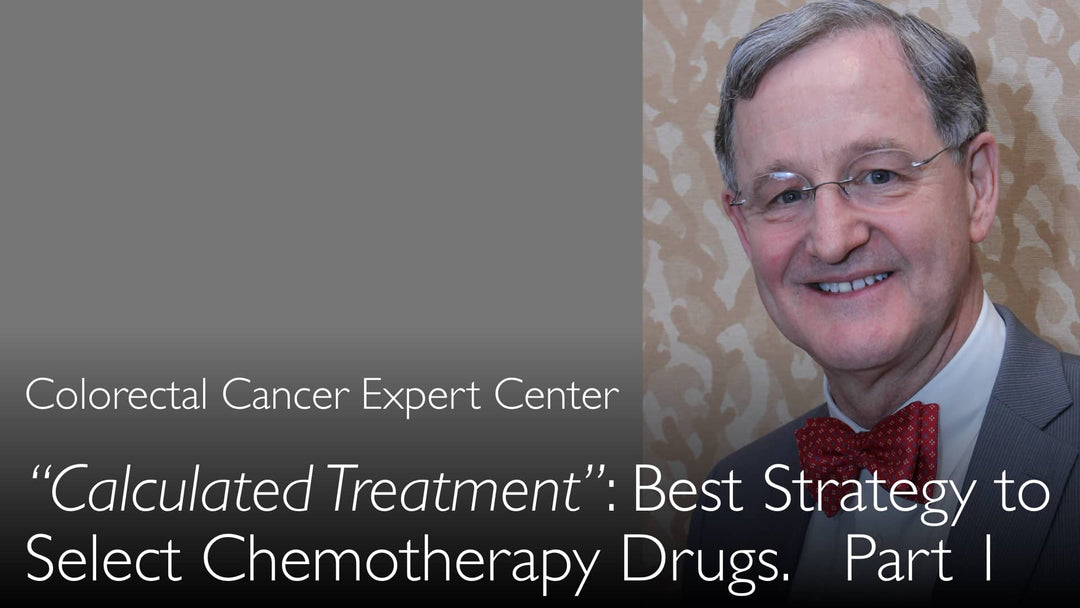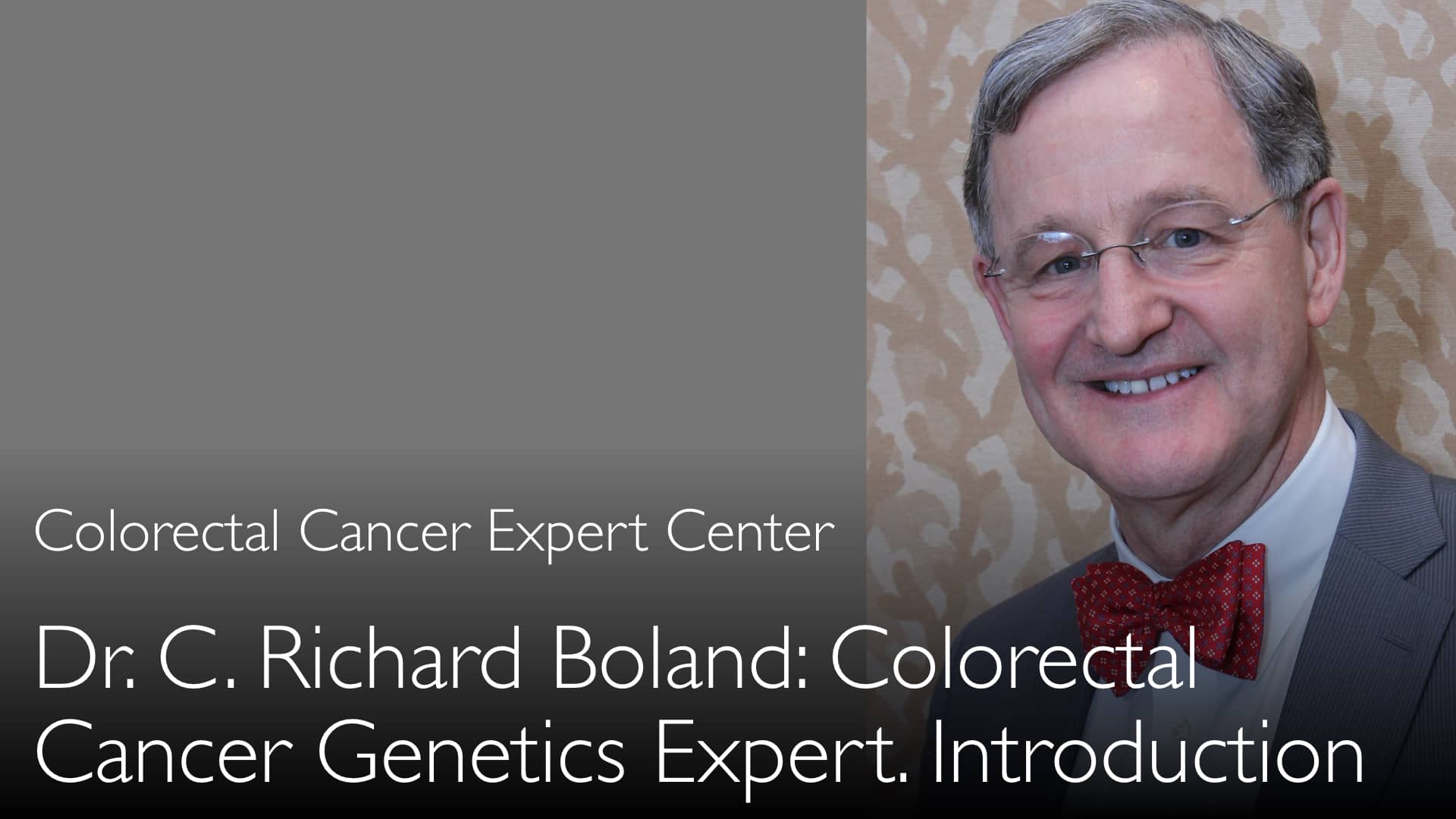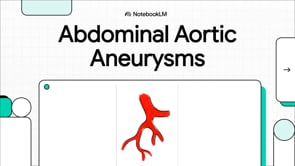Expert de renommée mondiale en génétique du cancer et en médecine de précision, le Dr C. Richard Boland, MD, explique comment la chimiothérapie calculée, grâce à la modélisation mathématique, permet de surmonter la résistance tumorale et d’améliorer les taux de guérison pour le cancer colorectal, le mélanome et le cancer du pancréas. Cette approche innovante remplace les thérapies séquentielles obsolètes par des associations médicamenteuses optimisées, empêchant ainsi l’échappement moléculaire et réduisant les risques de récidive.
Chimiothérapie de Précision : Comment la Modélisation Mathématique Améliore les Résultats du Traitement du Cancer
Aller à la Section
- La Révolution de la Chimiothérapie Calculée
- Pourquoi la Thérapie Séquentielle Échoue chez les Patients Atteints de Cancer
- Les Mathématiques dans l'Optimisation du Traitement du Cancer
- Surmonter la Résistance Tumorale par une Combinaison Précoce
- Équilibrer Efficacité et Toxicité en Thérapie Combinée
- L'Avenir de l'Oncologie de Précision
- Transcription Intégrale
La Révolution de la Chimiothérapie Calculée
Le Dr C. Richard Boland, MD présente la chimiothérapie calculée comme une approche transformatrice en médecine de précision, qui s'appuie sur la modélisation mathématique pour déterminer les combinaisons médicamenteuses optimales. Dans un entretien avec le Dr Anton Titov, MD, il explique comment cette méthode dépasse les traitements séquentiels classiques en attaquant simultanément le cancer sous plusieurs angles, une stratégie particulièrement prometteuse pour des cancers difficiles comme le cancer du pancréas et le mélanome.
Pourquoi la Thérapie Séquentielle Échoue chez les Patients Atteints de Cancer
Le Dr Boland souligne que des recherches publiées dans Nature montrent que la chimiothérapie séquentielle conventionnelle compromet souvent l'efficacité du traitement dès le départ. « Même dans des scénarios idéaux où aucune mutation unique ne résiste à tous les médicaments, » précise-t-il, « le délai entre la première et la deuxième ligne thérapeutique permet aux cellules cancéreuses résistantes de prendre le dessus. » Cette réalité biologique explique pourquoi de nombreux patients connaissent une rémission temporaire suivie d'une rechute agressive.
Les Mathématiques dans l'Optimisation du Traitement du Cancer
L'approche de traitement calculé est née d'une collaboration novatrice entre le Dr Martin Nowak de Harvard et le pionnier de la génétique du cancer, le Dr Bert Vogelstein. Leurs modèles mathématiques prédisent comment différentes combinaisons de médicaments peuvent contrer l'évolution tumorale. Le Dr C. Richard Boland explique que ces modèles aident les oncologues à identifier des associations offrant un impact initial maximal tout en limitant le développement de résistance.
Surmonter la Résistance Tumorale par une Combinaison Précoce
Le Dr C. Boland, MD, détaille le concept d'échappement moléculaire – lorsqu'une seule cellule cancéreuse résistante survit au traitement et régénère la tumeur. « Cette cellule unique peut anéantir des mois de succès thérapeutique, » met-il en garde. La chimiothérapie calculée aborde ce problème en utilisant des combinaisons minutieusement calibrées qui ne laissent aucune chance aux clones résistants d'émerger et de proliférer.
Équilibrer Efficacité et Toxicité en Thérapie Combinée
Bien que la thérapie combinée soit prometteuse, le Dr C. Richard Boland, MD souligne l'importance de gérer la toxicité. « Le défi consiste à trouver le nombre minimal de médicaments capable de contrôler efficacement le cancer sans épuiser le patient, » explique-t-il au Dr Anton Titov. Les recherches actuelles visent à identifier les cancers nécessitant trois, quatre ou cinq agents simultanés, par opposition à ceux répondant à des combinaisons plus simples.
L'Avenir de l'Oncologie de Précision
Le Dr Boland envisage un avenir proche où la modélisation mathématique deviendra standard dans la planification de la chimiothérapie. « Nous nous dirigeons vers des traitements personnalisés, non seulement selon le type de cancer, mais aussi en fonction du profil mutationnel spécifique de chaque tumeur et de ses voies évolutives prédites, » précise-t-il. Cette approche pourrait particulièrement bénéficier aux patients atteints de cancers traditionnellement difficiles à traiter, comme les cancers du pancréas et colorectal.
Transcription Intégrale
Dr Anton Titov, MD : Dans un entretien captivant, l'expert mondialement reconnu en génétique du cancer, le Dr C. Richard Boland, révèle comment une nouvelle approche de la chimiothérapie pourrait transformer les soins oncologiques.
Dr C. Boland, MD : Cette stratégie de médecine de précision remplace les lignes de traitement séquentiel dépassées par des combinaisons de chimiothérapie optimisées mathématiquement. En s'appuyant sur la modélisation mathématique, les chercheurs ont testé cette approche dans le cancer du côlon, le mélanome et le cancer du pancréas.
Dr C. Boland, MD : Ces travaux novateurs montrent que la thérapie séquentielle traditionnelle peut compromettre toute chance de guérison, tandis que le traitement simultané calculé ouvre la voie à une rémission à long terme.
Dr Anton Titov, MD : Le Dr Boland présente le traitement calculé comme une approche de médecine de précision qui remet en cause l'utilisation séquentielle dépassée des médicaments de chimiothérapie.
Dr C. Boland, MD : La modélisation mathématique identifie les meilleures combinaisons de médicaments pour prévenir la résistance tumorale et améliorer le potentiel de guérison dans des cancers tels que le cancer colorectal, le mélanome et le cancer du pancréas.
Dr Anton Titov, MD : Pourquoi la chimiothérapie séquentielle échoue-t-elle souvent ?
Dr C. Boland, MD : Historiquement, les oncologues commençaient par une chimiothérapie de première ligne et ne passaient à un agent de deuxième ligne qu'en cas de rechute. La recherche prouve que cette méthode séquentielle peut compromettre toute chance de guérison, même dans des conditions idéales où aucune mutation ne résiste à plus d'un médicament.
Dr C. Boland, MD : Ce délai dans l'administration des thérapies combinées permet aux cellules cancéreuses résistantes de prendre le dessus.
Dr Anton Titov, MD : Comment la modélisation mathématique a-t-elle contribué à cette nouvelle approche ?
Dr C. Boland, MD : Le concept de traitement calculé est issu d'une collaboration entre des biologistes computationnels et des pionniers de la génétique du cancer. En utilisant des modèles mathématiques, ils ont prédit comment des combinaisons simultanées de médicaments pourraient contrer l'évolution tumorale.
Dr C. Boland, MD : Ces modèles peuvent guider les oncologues dans le choix de combinaisons portant un coup initial fort au cancer, réduisant ainsi le risque de résistance.
Dr Anton Titov, MD : Qu'est-ce que l'échappement moléculaire ?
Dr C. Boland, MD : L'échappement moléculaire se produit lorsqu'une seule cellule résistante à la chimiothérapie, parmi des milliers, survit, se multiplie et provoque une rechute. Les patients peuvent connaître une rémission initiale, puis faire face à une rechute plusieurs mois plus tard.
Dr C. Boland, MD : Cela déclenche un autre cycle de traitements épuisants, que le traitement calculé vise justement à éviter.
Dr Anton Titov, MD : Comment gérez-vous la toxicité dans la chimiothérapie combinée ?
Dr C. Boland, MD : Bien qu'une thérapie multi-médicamenteuse simultanée puisse freiner la résistance, la gestion de la toxicité reste un défi. Utiliser trop d'agents augmente les effets secondaires, et les tumeurs avec de nombreuses mutations pourraient nécessiter trois à cinq médicaments, ce qui est souvent dangereux.
Dr C. Boland, MD : L'objectif est de trouver la plus petite combinaison médicamenteuse efficace, maximisant l'efficacité tout en maintenant une toxicité gérable.






